UpStage is a web-based venue for online performance: remote performers collaborate in real time using digital media, and online audiences anywhere in the world join events by going to a web page, without having to download and install any additional software. UpStage is available free to anyone who would like to use it.
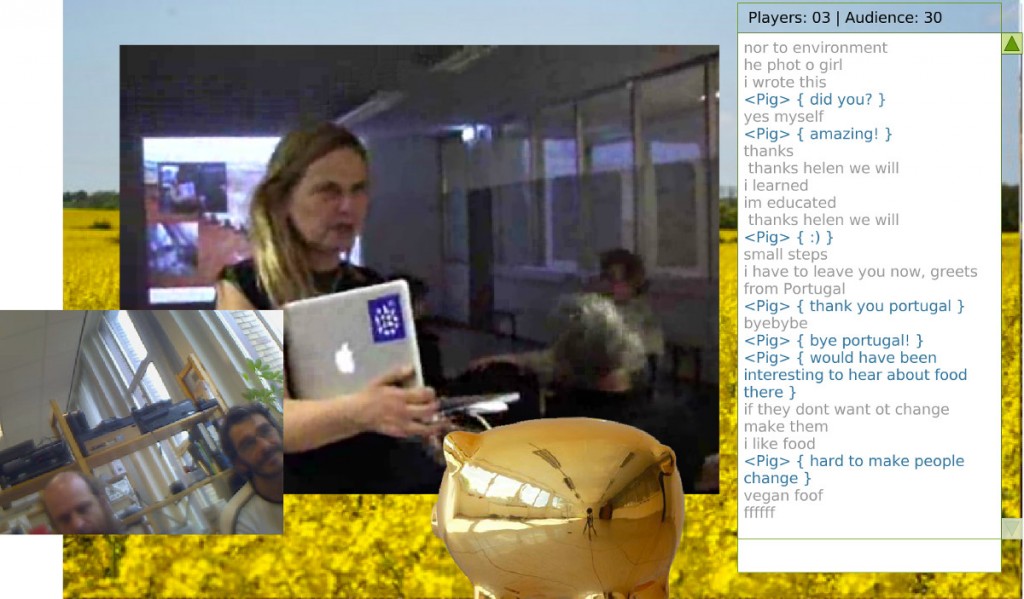
“It is a fabulous and strange conjunction of dramatic and artistic devices. I was transfixed by the complex new possibilities opened up by the tool.”
Ruth Catlow, Director, Furtherfield.
UpStage is an open source server-side application (that means you don’t need to download and install it on your own computer – it runs on a server and you access it through a browser). It was launched in January 2004, and celebrated its 10th birthday in January 2014 with the release of UpStage v3. In 2020, as part of the Creative Europe funded project Mobilise/Demobilise, the software is being entirely rebuilt to bring it up to date with current technologies, including functioning on mobile devices.
Learn more:
- videos from the UpStage festivals
- background
- UpStage timeline (2002-2014)
- links to relevant research.
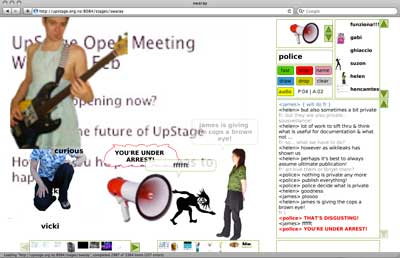
Players (logged-in performers) have a variety of tools at their disposal on the stage, which allow the manipulation of avatars, backgrounds and props which have been previously created and uploaded. Avatars’ speech appears as speech bubbles on stage and is spoken aloud by text2speech functionality. Players can also draw directly onto the stage in real time.
UpStage is a live interactive medium, so the best way to experience it is to attend a performance or join one of the open walk-throughs. These are live, online tutorials of about an hour duration, during which time members of the UpStage community teach the basic operations of the platform and discuss how to create and present performances. To find out when the next session is happening, subscribe to the UpStage Announcements list, and you can email info [at] upstage.org.nz to request a session.
For training materials, including links to the user manual and instructional videos, go to the Learn page.
Background
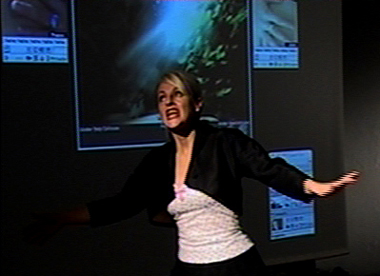
The UpStage project team members have been experimenting with various forms of online theatre since 1999, and since 2002 have worked together as the globally dispersed performance troupe Avatar Body Collision. The idea for UpStage was born from our experiments with using a variety of online chat technologies.
In most of Avatar Body Collision’s work, three actors perform online, live, in real time, while one actor performs in the proximal space of the hosting venue. The remote performers appear projected on a screen, using web cameras and avatar world technologies.
As the performances were delivered via several different applications and mediums, it was not practical for audiences to follow the show on-line. UpStage changed all that. The software combines the various elements of virtual performance into a single web page. The audience simply points their browser to the UpStage web site at the appointed time, to watch and participate.
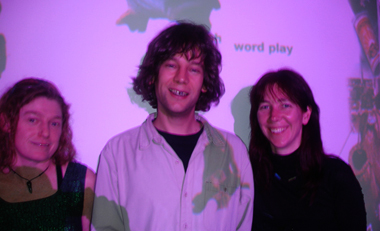
UpStage was initially created with support from the Smash Palace Fund; version 2 was developed with funding from the Community Partnership Fund of the New Zealand government’s Digital Strategy and released in June 2007. The last and final version, UpStage v3, was released in 2014 to mark UpStage’s 10th birthday. As of 2018, work has begun on Limelight, a new platform that will replace the original code base and enable UpStage to take advantage of newer technologies.

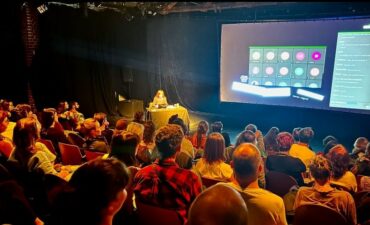
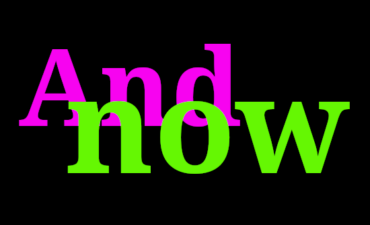
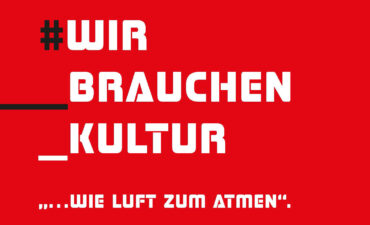
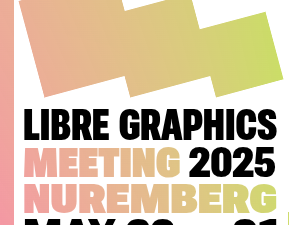
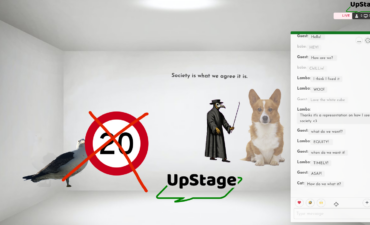
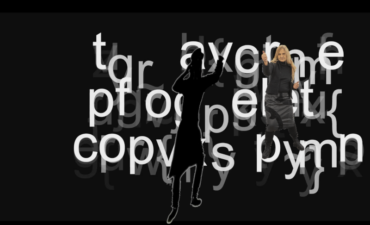
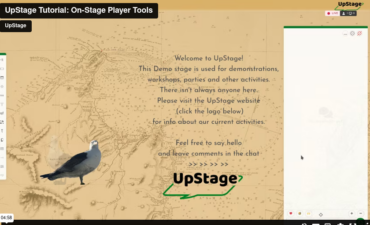
1 COMMENT
Comments are closed.